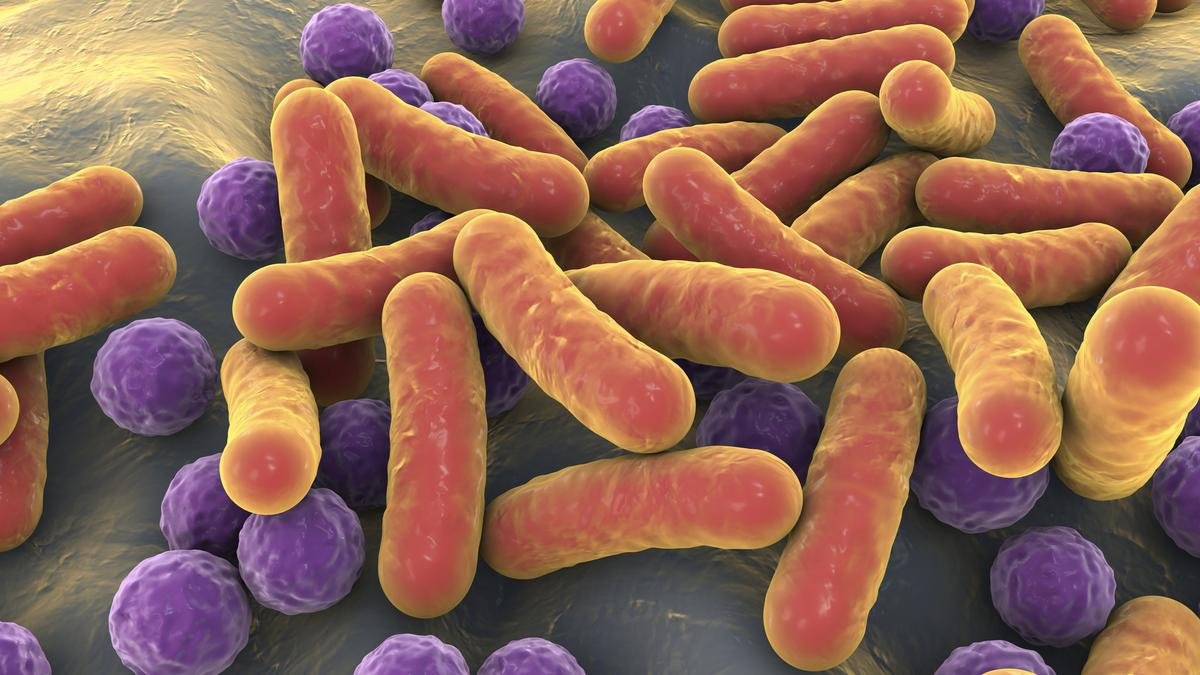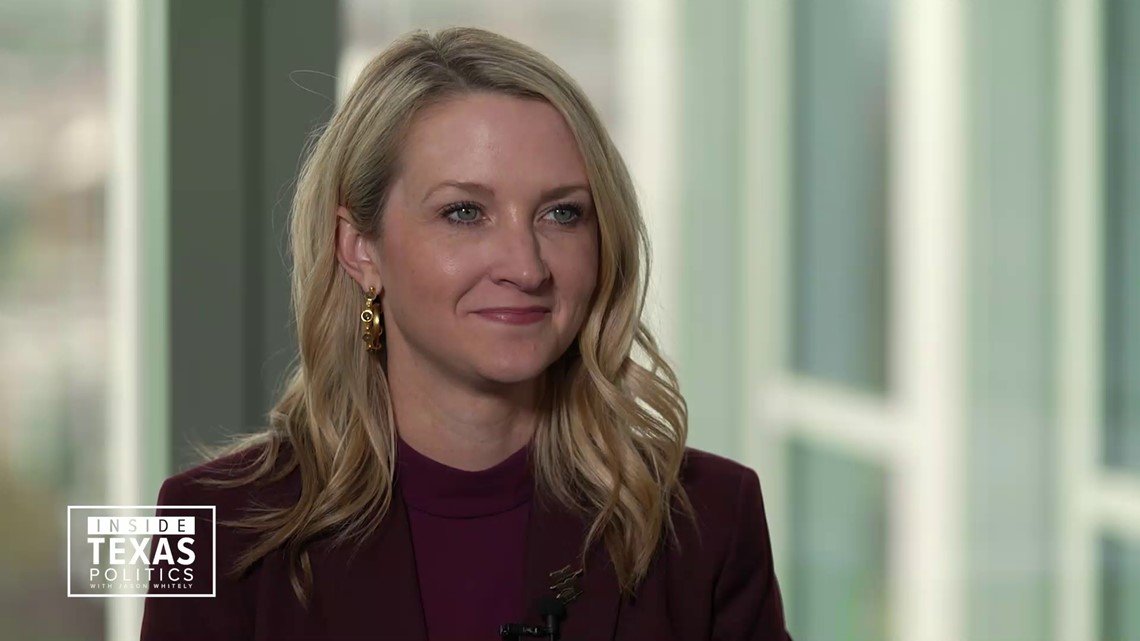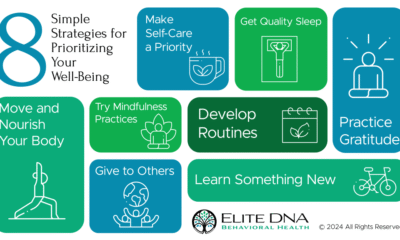Health
A New Virus Threat from Bats in China May Be Just One Mutation Away from a Human Pandemic
Scientists warn that HKU5 bat viruses could leap to humans with a single mutation, showing alarming parallels to COVID-19

The world may still be recovering from the seismic impact of COVID-19, but scientists now warn that the next pandemic threat may already be looming—this time from a lesser-known group of bat viruses called HKU5, discovered in China. In a groundbreaking new study published in Nature Communications, researchers reveal that these viruses are dangerously close to becoming human-infectious, with just one genetic mutation standing between them and a potential outbreak.
The research, a collaborative effort between Washington State University, Caltech, and the University of North Carolina, zeroes in on a family of viruses known as merbecoviruses, close relatives of MERS-CoV—the deadly Middle East Respiratory Syndrome coronavirus. Unlike SARS-CoV-2, which caused the COVID-19 pandemic, MERS-CoV has an even more terrifying fatality rate of 34%. Now, within this family, scientists have flagged the HKU5 subgroup as an imminent concern.
According to virologist Dr. Michael Letko, the lead author of the study, “HKU5 viruses haven’t been studied much, but our research shows they have the machinery to infect cells. In fact, they might be just a single mutation away from making the jump to humans.” These viruses, which have already been observed jumping to minks in China, are evolving fast—and that’s where the real danger lies.
The central issue lies in the spike proteins, the same molecular tools used by SARS-CoV-2 to invade human cells. Currently, HKU5 viruses use these spike proteins to latch onto the ACE2 receptors in bats. But experts warn that even a slight genetic tweak could enable them to bind to human ACE2 receptors, allowing for direct infection and rapid transmission.
What’s more alarming is that researchers used AlphaFold 3, a cutting-edge artificial intelligence tool, to simulate how these spike proteins might mutate. The AI model accurately predicted how tiny changes could reshape these proteins to attach to human cells—in minutes. Traditional laboratory tests later confirmed these simulations, raising red flags across the global scientific community.
This convergence of AI and virology offers new hope in predicting future pandemics, but it also underscores how fragile the barrier is between animal viruses and human health. The study calls for immediate attention from global health agencies, urging surveillance and in-depth study of HKU5 variants before it’s too late.
As the world grows more interconnected and climate change continues to disturb natural habitats, human encounters with animal-borne viruses are likely to become more frequent. This new study is not just a warning—it’s a wake-up call. If the COVID-19 pandemic taught the global community anything, it’s this: we ignore these signs at our own peril.
Health
Salmonella Scare in Eggs Sparks Multi State Health Alert and Massive Recall
Over 1.7 million eggs recalled across nine states as 79 people fall sick and 21 are hospitalized in salmonella outbreak

A widespread salmonella outbreak linked to recalled eggs has raised serious public health concerns across the United States. According to the Centers for Disease Control and Prevention (CDC), at least 79 individuals in seven states have fallen ill, with 21 hospitalizations reported as a direct result of exposure to contaminated eggs.
The August Egg Company, at the heart of the recall, has voluntarily pulled back approximately 1.7 million brown cage-free and organic eggs distributed between February 3 and May 15, 2025. These eggs were sold in major grocery chains including Walmart, Save Mart, Safeway, Smart & Final, and Food 4 Less, spanning across states like California, Nevada, Illinois, Indiana, Nebraska, New Mexico, Washington, Arizona, and Wyoming.
The sell-by dates on the affected eggs range from March 4 to June 19, 2025, and consumers are being strongly urged to check their fridges. The CDC recommends disposing of the recalled eggs immediately or returning them to the store of purchase. Furthermore, any surfaces or utensils that may have come into contact with these eggs should be thoroughly disinfected.
What Is Salmonella and Why Is It Dangerous?
Salmonella is a bacteria that can cause severe foodborne illness. According to the FDA, symptoms typically begin 12 to 72 hours after infection and include fever, diarrhea, vomiting, abdominal cramps, and dehydration. While most people recover within a week, the infection can become severe or even fatal in young children, older adults, pregnant women, and those with weakened immune systems.
The bacterium can also lead to bloodstream infections if not treated in time, and in rare cases, death. In light of the current outbreak, the CDC has stressed the importance of safe egg handling practices, especially as summer gatherings and picnics increase the risk of improper storage and preparation.
Keeping Eggs Safe – What You Can Do
To reduce the risk of foodborne illness, consumers are advised to:
- Buy only refrigerated eggs and inspect for cracks or dirt before purchasing.
- Refrigerate eggs at or below 40°F (4°C) immediately after bringing them home.
- Cook eggs until both the white and yolk are firm, and avoid runny preparations.
- Use pasteurized eggs when making recipes that call for raw or undercooked eggs (e.g., Caesar dressing, homemade ice cream).
- Wash hands, surfaces, and utensils thoroughly with soap and hot water after handling raw eggs.
- Use insulated coolers and ice packs when transporting egg-based dishes outdoors.
This incident also highlights the broader issue of rising food recalls in 2025, ranging from bacterial contamination to allergen mislabeling. As food sensitivities and immune vulnerabilities increase in the population, both awareness and prevention are key.
Food
Can Chocolate and Tea Really Help Your Heart Scientists Just Gave the Green Light
New research confirms your favorite indulgences—dark chocolate, tea, apples, and grapes—may be powerful allies for lowering blood pressure and aging better.

For years, health experts have warned us against too much sugar, caffeine, and indulgence—but what if science just told us that some of our favorite treats could actually help our heart? According to a groundbreaking meta-analysis published in the European Journal of Preventive Cardiology, that comforting cup of tea or square of dark chocolate may be doing more than just lifting your mood—it might be improving your cardiovascular health too.
The research, conducted by scientists at the University of Surrey, analyzed 145 previous studies and found consistent evidence that flavan-3-ols, a group of naturally occurring compounds found in foods like tea, dark chocolate, apples, and grapes, can significantly reduce blood pressure. In fact, the blood pressure-lowering effects were comparable to some common medications when consumed regularly. That’s right—your tea habit might just be as beneficial as your prescription (though doctors insist it should never replace one).

“These findings are incredibly promising,” said Professor Christian Heiss, one of the study’s lead authors and a cardiovascular medicine expert. “For those looking to support their heart health, making simple dietary changes—like drinking tea or eating apples—can be an accessible and enjoyable step in the right direction.” But he also clarified: these foods should complement, not replace, medical treatment for conditions like hypertension.
And the benefits don’t stop at blood pressure. Another research team—from Edith Cowan University, Queen’s University Belfast, and Harvard—found that diets high in flavonoids also support healthy aging. These compounds are believed to reduce inflammation, boost blood vessel function, and even help maintain muscle mass—all essential for physical and mental health as we grow older. Their study, published in the American Journal of Clinical Nutrition, confirmed that regular intake of foods rich in flavonoids, especially tea, apples, red wine, blueberries, and oranges, correlates with stronger aging outcomes.
Want more good news? A separate study from Rutgers University and UMass Chan Medical School-Baystate showed that grape consumption—rich in polyphenols like resveratrol and quercetin—may improve muscle function and combat oxidative stress. Sports dietitian Amy Goodson chimed in, highlighting how these nutrients possess “potent antioxidant and anti-inflammatory benefits,” reinforcing their potential for long-term wellness.

So, whether it’s a cup of green tea, a few bites of dark chocolate, or a crisp apple during your lunch break, science is now encouraging what we’ve all secretly hoped: that these little indulgences aren’t just harmless—they might be healing.
Of course, moderation is key. Experts recommend integrating these flavan-3-ol-rich foods into a balanced diet, emphasizing that variety and consistency are more important than loading up on chocolate bars alone. Still, the message is clear—your heart, and maybe even your future self, might thank you for that next sip of tea.
USA
Mattie Parker’s Net Worth Sparks Curiosity Amid Fort Worth’s Rapid Growth
As Fort Worth’s youngest mayor leads the city into a new era, questions arise about her personal wealth and financial transparency

Mattie Parker, the 45th Mayor of Fort Worth, Texas, has become a prominent figure in American politics, not only for her age but also for her dynamic leadership. Assuming office in 2021 at just 37, she became the youngest mayor of a major U.S. city. Her tenure has been marked by significant initiatives in public safety, education, and economic development, positioning Fort Worth as one of the fastest-growing cities in the nation.
Despite her public prominence, details about Mayor Parker’s personal net worth remain undisclosed. This lack of transparency has led to public curiosity, especially given her influential role in city governance and economic planning. While it’s common for public officials to have their financial disclosures accessible, specific figures regarding Parker’s assets and income are not readily available in public records.

Before her mayoral tenure, Parker served as Chief of Staff for the Fort Worth Mayor and City Council, and later as the founding CEO of the Tarrant To & Through (T3) Partnership, focusing on educational initiatives. Her professional background also includes work as an attorney and involvement in various nonprofit organizations. These roles suggest a career dedicated to public service and community development, though they offer limited insight into her personal financial standing.
In an era where public trust is closely tied to transparency, the absence of detailed financial information about elected officials can lead to speculation. For constituents and observers, understanding the financial backgrounds of their leaders is crucial for assessing potential conflicts of interest and ensuring accountability.

As Fort Worth continues to evolve under Mayor Parker’s leadership, the call for greater transparency in public office remains pertinent. Providing clear and accessible financial disclosures can reinforce public confidence and uphold the integrity of the office.
-

 Personality7 days ago
Personality7 days agoDonald Trump’s net worth reveals the fortune behind the former US President and business mogul
-

 Entertainment1 week ago
Entertainment1 week agoTop 5 Oscar Moments That Shook Hollywood and the World
-

 Entertainment6 days ago
Entertainment6 days agoJonathan Joss Shot Dead at 59 in Texas Tragedy His Husband Says Was Hate-Fueled Crime
-

 Personality6 days ago
Personality6 days agoLionel Messi’s Net Worth Revealed and How the Football Legend Built His Multi-Million Dollar Fortune
-

 Films6 days ago
Films6 days agoRobert Pattinson’s Top 5 Films That Showcase His Evolution from Teen Idol to Indie Icon
-

 Films1 week ago
Films1 week agoJames Gunn’s Net Worth Revealed How the Filmmaker Built His Fortune
-

 IPL6 days ago
IPL6 days agoRCB Finally Lifts the IPL Trophy After 18 Years of Heartbreak and Hope
-

 Personality5 days ago
Personality5 days agoHow Rich Is Santa Ono The Academic Powerhouse Behind Multiple Top Universities
























